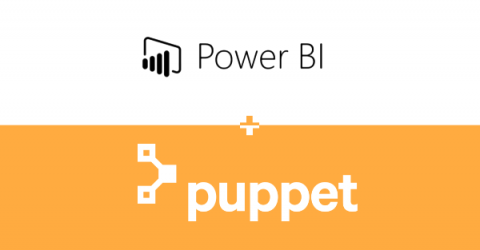Power your Puppet reports with PowerBI in 10 minutes
Every Puppet practitioner can appreciate the wealth of information stored inside PuppetDB. Although Puppet Enterprise console offers some insights into the data, we sometimes need rich dashboards, possibilities to correlate data about facts, nodes and reports and drill-down features. In short, we wish there were a way to unleash the full power of PuppetDB data to create situational awareness about our estate. This article will show that PowerBI is a very powerful companion to PuppetDB.











